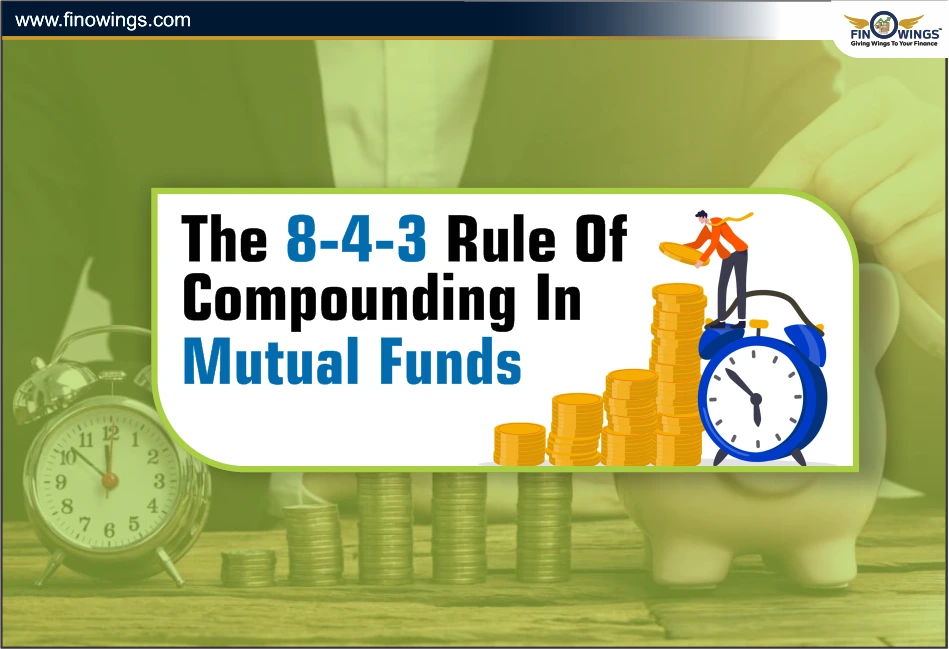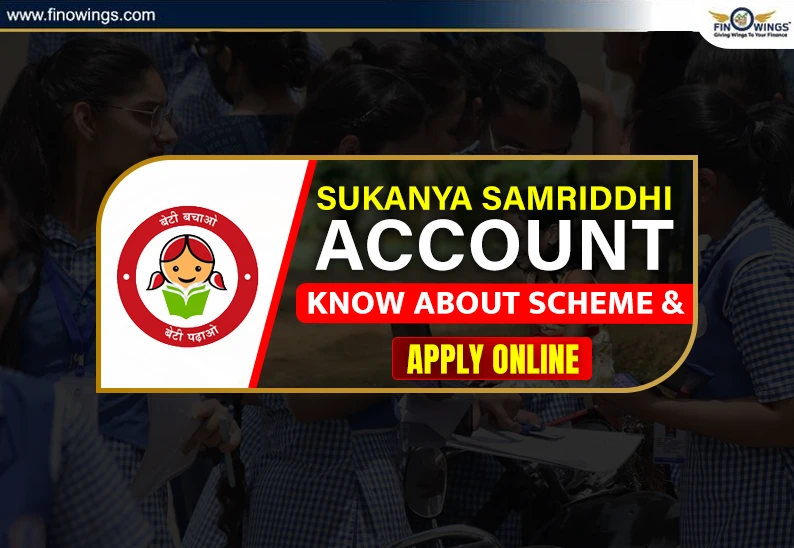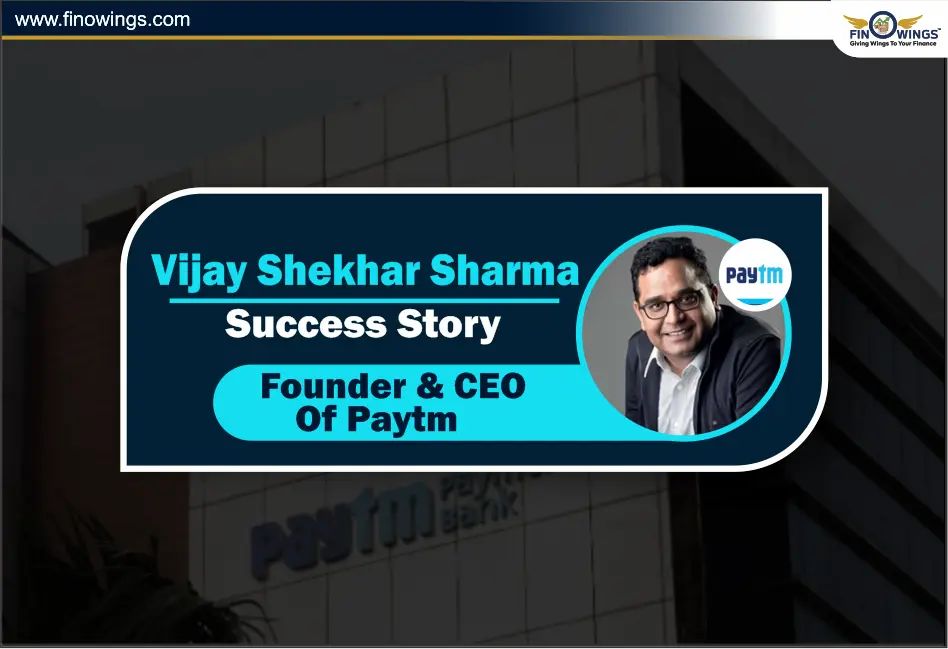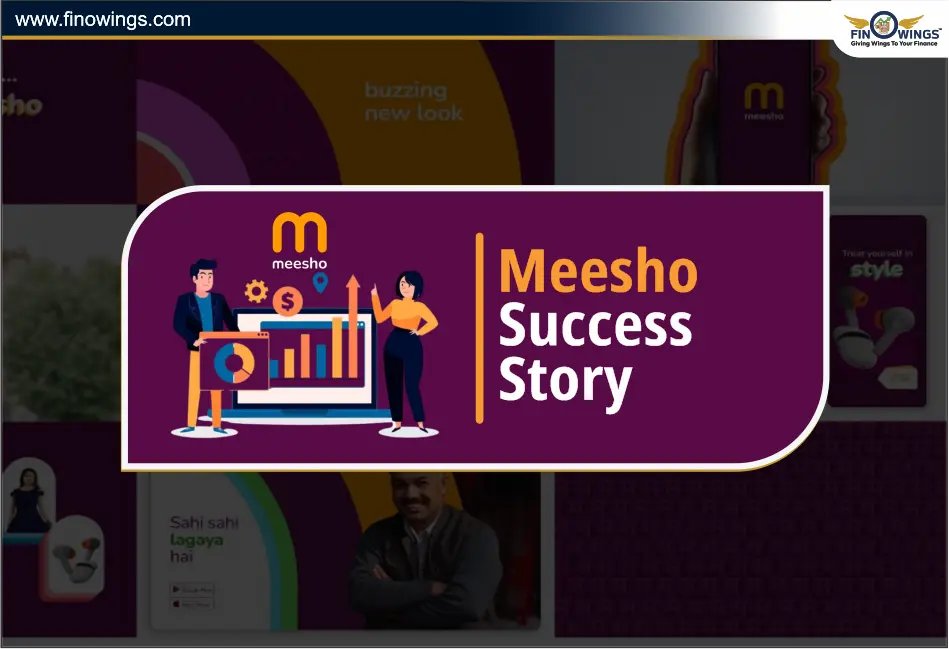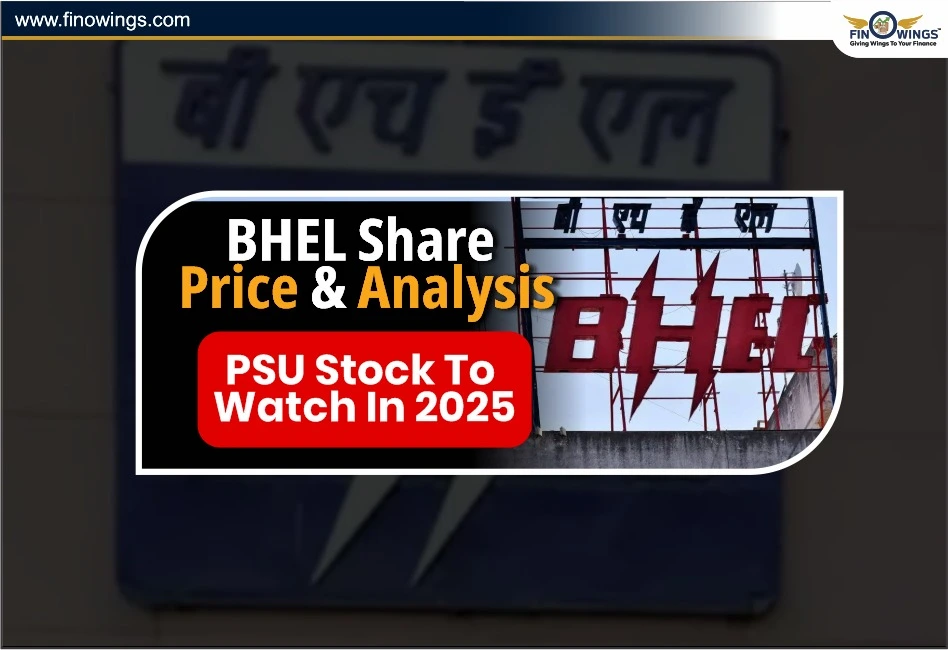Home >> Blog >> What Is An IPO Green Shoe Options? Process & How it Works
What Is An IPO Green Shoe Options? Process & How it Works

Table of Contents
Introduction
You must be familiar with IPOs (Initial Public Offerings). Most of you also made IPO investments to get an adequate return on your investment. In the past, many IPOs were in the news due to unexpected highs and lows in prices.
In addition, many startups launched their initial public offerings (IPOs), which generated a lot of buzz among investors and suddenly got people talking more about IPOs than before. Investment in IPOs increased significantly as a result of this buzz.
Suppose you invested in an initial public offering (IPO) or are aware of it. In that case, you are also aware that the company releases an offer document or prospectus from which you can learn everything there is to know about the listed company. For example, this offer document provides detailed information about the company's competitive strength, industry regulations, risk factors, legal commitment, etc.
You must have noticed a technical term called "Greenshoe Option" in addition to all of these details in the offer document. But do you know, What this term means? The offer document mentions it for what reason?
If the answer is no, you have come to the right place because we will go into considerable detail about the concept of the "Greenshoe Option." However, if you are already familiar with this term, read this article because you might learn something new.
What is the Greenshoe Option?
The company known as Greenshoe Manufacturing Company coined the phrase "Greenshoe option" in 1919. Currently, the business goes by the name Stride Ride Corporation. The company is known for including a clause in its underwriting agreement that gives underwriters the authority to buy or sell a specific percentage of its shares to maintain its market price after it is issued.
If the share price of a new issue falls below the issuing price, the underwriters, also referred to as investment bankers, have 30 days to stabilize the price. This method aids businesses in maintaining share prices and ensuring the success of public offerings.
Underwriters use the greenshoe option, also referred to as the over-allotment option, to deal with the oversubscription and price stabilization at the time of issuing an IPO. If the demand for the security exceeds, the underwriter can issue additional shares from the portion of company shares to fulfil that demand.
In contrast to shares without the greenshoe option clause, this clause benefits investors by providing both profitabilities in the security at the time of issuance and price stability after the public issuance.
How does Greenshoe Option Work
-
When a business issues shares in an IPO, they decide on a specific number of shares to offer the investors and a specific percentage of shares to keep aside for the promoters.
-
In many cases, the share prices frequently soar, and many small investors put money into that particular share to earn profit from listing gains. But as soon as the share is listed on the stock market, these investors typically start selling it.
-
If shares are sold in high quantities, it may cause the market price of shares to drop below the price of issuance. Underwriters use greenshoe options to prevent a sudden drop in the price of the shares.
-
In this process, when the share is oversubscribed, the underwriters issue some extra shares. However, these are not fresh shares but borrowed from the part of promoters' shares. Under an over-allotment option, underwriters may borrow 15% of the promoters' share.
-
For example, suppose a company issued 1 lakh shares to investors, and the promoters also own 1 lakh shares. So, if there is an oversubscription, underwriters may borrow 15% of the shares from promoters, allowing them to issue 15,000 more shares and grant investors 1.15 lakh shares as opposed to 1 lakh shares.
-
When small investors start selling their shares to earn profit from listing, and the price of that particular share starts to fall, underwriters buy those shares back with the aid of their agents to stabilize the price of the shares and give them back to the promoters.
-
Underwriters have 30 days to use the greenshoe method to stabilize the share price. According to SEBI regulations, they may purchase or sell shares during this time.
Is Greenshoe Option Valid in India?
Due to some limitations, Indian investment bankers did not initially use this practice in the stock market. However, to stabilize the share price in 2003, SEBI lifted the restriction and permitted greenshoe options on the Indian stock market. Since then, businesses have used this method frequently to keep the price of their shares stable after going public.
Examples of Greenshoe Option
Let's use a hypothetical example to comprehend this method thoroughly. Let's say there is a business called XYZ. Xyz intends to issue stock on the stock exchange. To oversee the entire process, they employ an underwriter.
The underwriter studied the market and competition, conducted overall research, and reached a share price of INR 30 per share for the 50,000 shares the company plans to list in the market. So now there could be two possible cases happening.
In the first instance, the shares got good attention from the investors and were oversubscribed. The share price skyrockets and opens higher than the listing price. It might seem like a good situation, but because of the price's sudden increase, many small investors have also applied for the allotment to gain profit from the listing.
The likelihood is that these investors will sell their shares after the listing to cash in on their unexpected profit, which could result in a decline in the share price. In this case, the under steps in to avoid the sudden fall in the share price. They begin purchasing the company's stock under the greenshoe option to boost market demand for the share and stabilize its price. These are the additional shares they borrowed from the promoters and allocated to the investors.
In the second instance, the opposite occurred; the stock underperformed, and prices fell. As a result, promoters and investors are losing their money. It is also possible to use the "greenshoe" option to deal with this situation.
To boost share demand and build investor confidence in the company's potential, underwriters can purchase some company shares on the open market. Additionally, this aids in stabilizing the market price of the stock. In both situations, the underwriter has a 30-day window in which they can buy or sell the shares.
Bottom Line
After a stock is listed, using a greenshoe option is an excellent way to keep its market price stable. Additionally, it protects the investor from a sharp decline in the share's price. Hence it makes it profitable for the investors as well. They are considering that it protects their investment from market volatility. However, it is always preferable and prudent to avoid relying on just one factor and to carefully read the company's offer document to learn more about it before investing. You can also consult Agarwal corporate to improve your stock market knowledge and get detailed investment strategies. They have experts who can offer you the best service in the industry.
Frequently Asked Questions
The greenshoe option assists businesses in reducing risk while presenting public issues. It allows the underwriter to buy and sell some shares to ensure that the share price will not fall below the issue price.
The term "Greenshoe option" is derived from the company name Green shoe.
The greenshoe option helps the issuing company to cover the short position in case the price of shares falls. Both the issuer and the investor gain from this option.


